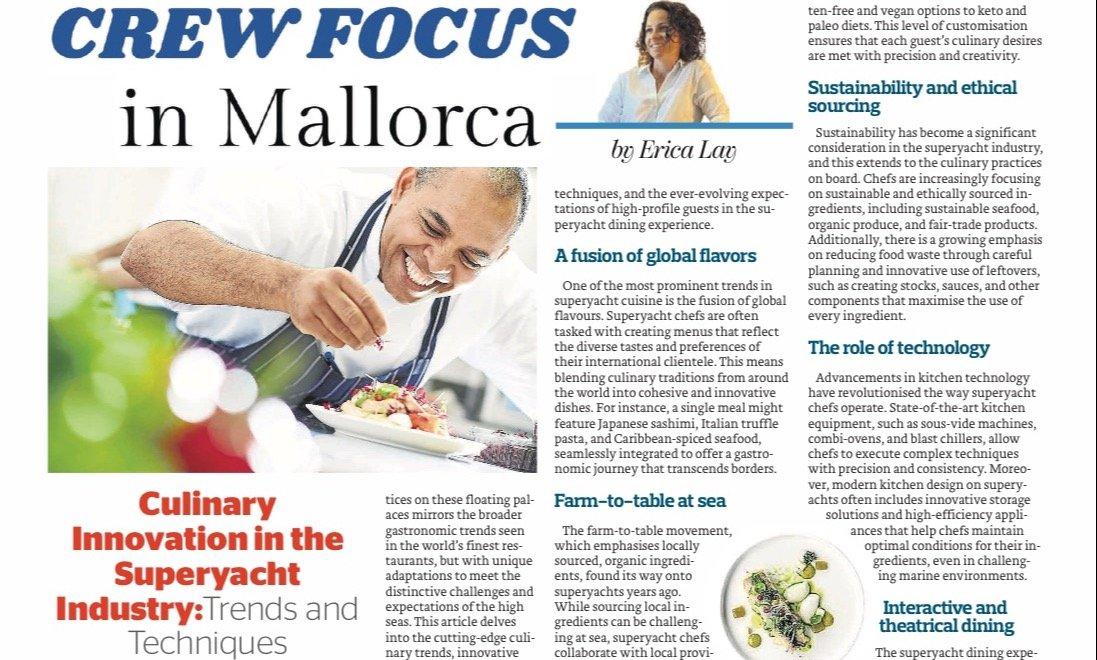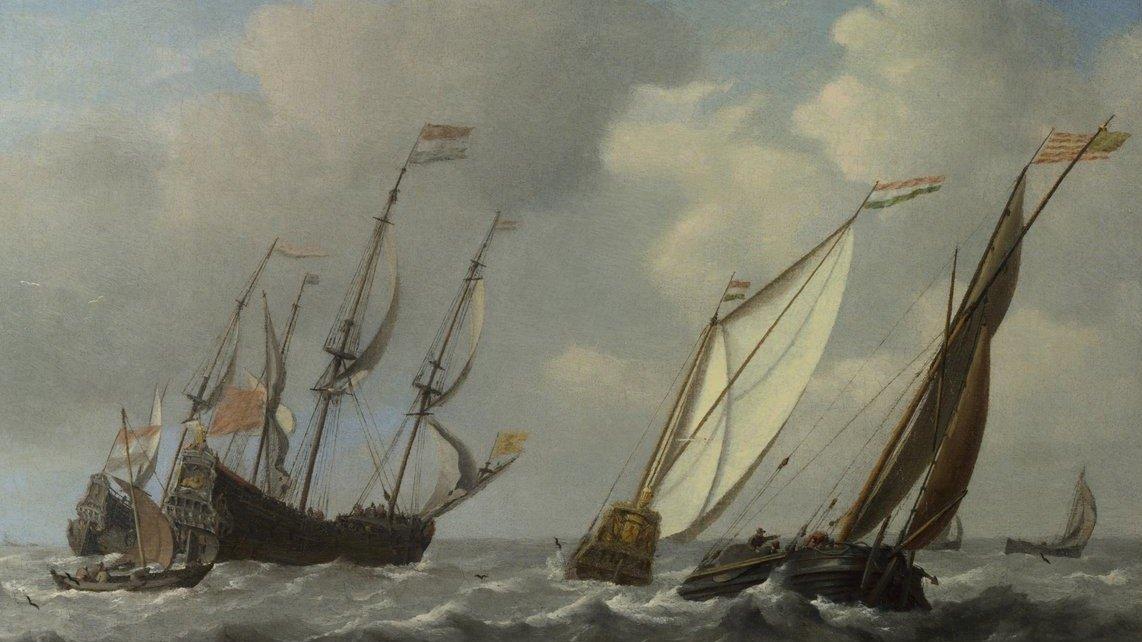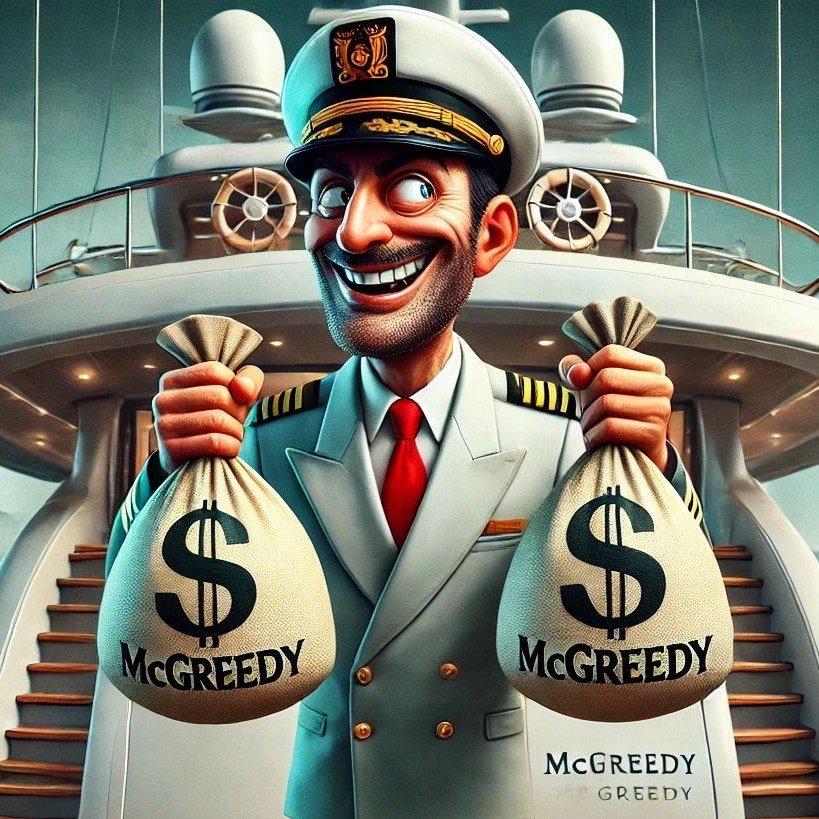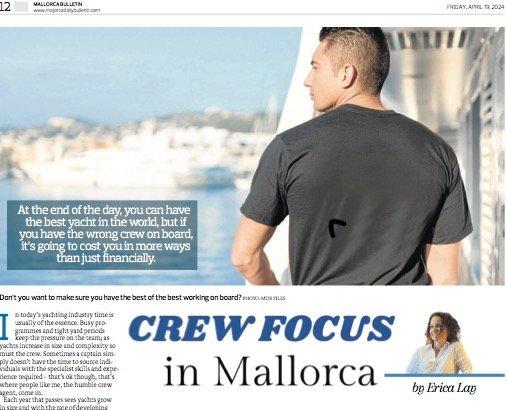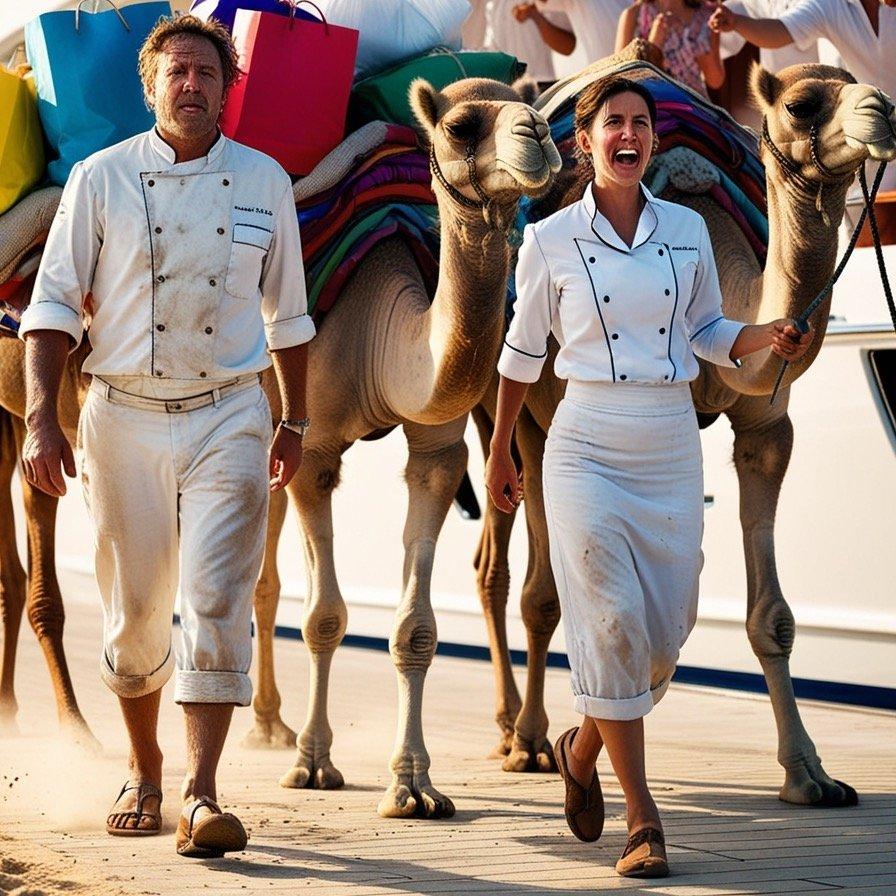Hub – Polyglot Yachties
Polyglot Yachties: How foreign languages polish more than just the deck in the yacht Industry and the world by Tom Voigt. #24/0167.
October 26, 2024 · 5 min read
Polyglot Yachties: How foreign languages polish more than just the Deck in the yacht Industry and the world by Tom Voigt.
The Global Language: English as the Key to the World
Of course, mastering English is a triumph. In many cultures, it already means being connected to the world—English is the technical, economic, and political language of our time. English is all well and good, the global Swiss army knife that gets you from a New York coffee shop to a Thai beach bungalow. But let’s be honest, is it really enough to just scrape by with the bare minimum everywhere you go? What if, instead of rattling off a basic “How are you?” in English, you could charm an entire culture in Italian, Spanish, or French? Now that’s a different story than shuffling through Palma in flip-flops, barely managing to stammer out directions to the hairdresser.
Bridges Between Cultures
Languages are more than just vocabulary and grammar structures you laboriously memorize, only to misassemble them like a broken dictionary at the slightest opportunity. They are living bridges between cultures, filled with humor, nuances, and subtle etiquette. If you get by on flip-flop level fluency, using ten words to ask for the nearest hairdresser or souvenir shop, you might be a life artist, but you won’t truly discover what makes the locals in your favorite holiday destination tick. Those who can casually and skillfully converse and think in another language haven’t just crossed those bridges—they’re dancing a lively tango on them. Especially in high-end gastronomy and hospitality, this is not just a nice extra; it’s a requirement. And if you don’t join in on this dance in a globally connected world, you’re missing out on the best part, because languages are cultural treasures.
The Luxury of Polyglot Communication
In the luxury tourism industry, it’s not just about keeping the champagne cold and the pillows fluffy. No, our guests are deeply impressed when the English-speaking stewards/stewardesses, Butlers or chefs on a luxury yacht suddenly begins expounding on the subtleties of Tuscan wine in perfect Italian or discussing authentic cuisine in fluent Spanish with guests from Madrid or Buenos Aires. This isn’t just professional—it’s world-class! It elevates the experience to a level where the guest doesn’t just feel served, but truly understood.
English: The Key to the World—Or THE Master Key?
Speaking English is like having the master key to a vast, but not particularly exciting, building. Yes, it gets you in everywhere, but the really interesting rooms remain locked. If you rely solely on English, you’re missing out on the real treasures—the small, hidden details of a culture that can only be discovered by making the effort to learn the language of the country. Because there are things even Google and ChatGPT don’t know.
Multilingualism: A Culinary Advantage
My colleagues from my generation who mastered their craft in multiple languages are the true gourmet ninjas. They don’t just excel in cooking—they also know the history and origin of every dish in detail. They don’t just recreate traditional delicacies; they can invent culinary fusions that are culturally rich and sophisticated.
Polyglot Nations
Countries like the Netherlands, Switzerland, and the Scandinavian nations have a clear advantage here: they grow up learning multiple languages as mandatory school subjects, making them sought-after, well-trained linguistic athletes in international industries. This often gives them an edge in the job market.
Learning and living languages the Right Way: From the Best—Not from the Best YouTube Video
If you want to learn a language, do it right. Preferably with a native speaker who can not only teach you the correct pronunciation but also show you when to stress the right syllables—and when not to. Living in a country where a language is spoken is one of the most effective ways to learn it. Immersion in daily life allows you to practice the language in real-world contexts, making learning more natural and intuitive. You’ll pick up on local idioms, cultural nuances, and pronunciation that textbooks and classes often miss. Furthermore, interacting with native speakers regularly accelerates fluency and builds confidence in using the language authentically.
Countries which refuse to learn English correct
Yes, Spaniards know they often speak catastrophic English, and it’s partly due to Spanish phonetics. But it’s also about a certain patriotism that doesn’t prioritize proper English or foreign language pronunciation. Of course, there are exceptions. The same goes for the French, who, for historical reasons, seem to have little regard for accurate English pronunciation. Germans: Still a desaster accent in English, but we are getting there!
Expats and Their Language Bubbles
Mallorca, Benidorm—places where expats have created their own little world, complete with language bubbles they never have to leave. Why bother learning Spanish when everyone around you speaks German or English? It’s not exactly a cultural boost. Sure, it’s convenient, but also a bit dull, isn’t it? It’s as if they’ve gotten stuck in an all-inclusive vacation that just never ends. What a shame to miss out on truly experiencing the culture of the host country.
Yachting: A Multicultural Industry Embracing Global Diversity?
Some yacht teams thrive in a monocultural environment, while others excel in a multicultural setting. Ultimately, the goal is to perform the best possible job for the boat, the owner, and the guests. However, some boats remain predominantly English-speaking due to language barriers, with captains and owners limiting access to crew from different nationalities. Yet, isn’t it more functional to treat the yacht as a multilingual workplace, especially given that it operates in various countries around the world? Having multiple languages on board can enhance communication and provide valuable information and translations in different regions.
Multilingualism: The True Luxury
Multilingualism isn’t just a nice gimmick; it’s a sign of respect and genuine interest in other cultures. It enables deeper communication and creates connections that go beyond mere words. Those who speak multiple languages possess treasures far beyond words—and that’s a luxury no five-star hotel can offer. Multilingualism is a sign of interest and respect for other cultures. It fosters understanding and creates true connections between people. Those who speak multiple languages hold treasures that go far beyond words.



